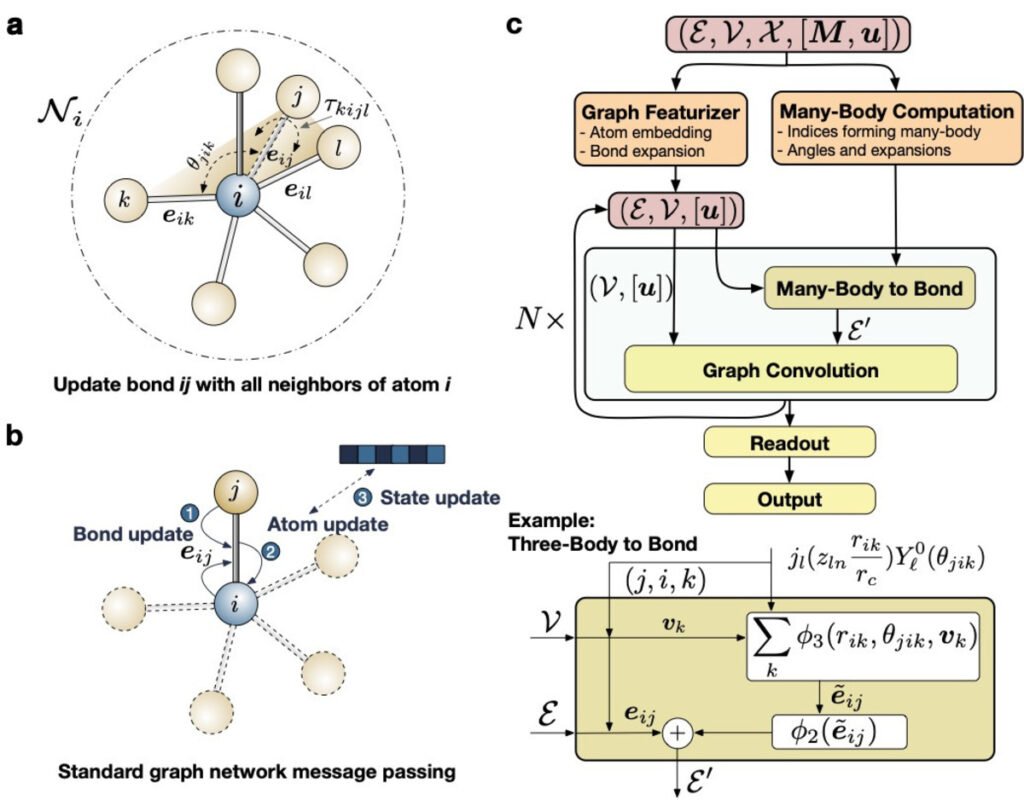Researchers in the United States have developed an artificial intelligence capable of designing entirely new materials — and predicting how they will behave — at a speed no human lab could match. The system, called M3GNet, is already being used to push forward battery research and could transform how we discover everything from construction materials to advanced electronics.
Why battery researchers are excited
The biggest challenge for electric mobility remains battery performance — more range, faster charging, and longer lifespan. Scientists have been chasing improvements in lithium-ion technology for years, with promising ideas such as solid-state batteries still needing significant breakthroughs before they can be mass-produced.
Traditionally, developing and validating new alloys or compounds takes years of lab work. M3GNet changes the pace entirely. Built by researchers at the Jacobs School of Engineering, University of California San Diego, this AI explores the periodic table, combining elements into novel configurations and simulating how they would perform.
One of its early projects involves designing a material that could increase lithium-ion conductivity in battery electrodes, potentially enabling much faster charging. But its scope goes far beyond batteries: the AI can generate theoretical recipes for metals, concrete formulations, and even bio-compatible materials.
31 million new materials — in record time
M3GNet doesn’t just shuffle atoms at random — it also predicts the structural and dynamic properties of its creations. In the lab, this process would take decades; in silico, it happens almost instantly.
So far, the AI has produced over 31 million novel materials and estimated that about one million of them should be stable enough for real-world synthesis. Those candidates can now be prioritised for physical testing, potentially shaving years off the materials discovery pipeline.

A “materials twin” to AlphaFold
The researchers liken M3GNet to AlphaFold, DeepMind’s AI that cracked the protein-folding problem and predicted the 3D structures of millions of proteins in weeks — something that had stumped biologists for decades. While AlphaFold transformed biological science, M3GNet aims to do the same for materials science.
Beyond batteries, it could accelerate innovation in semiconductors, aerospace engineering, and renewable energy systems. And in a nod to the open science movement, the team has released M3GNet’s Python code open-source on GitHub, inviting other scientists and developers to adapt, improve, and expand it.
A new era for materials discovery
If widely adopted, tools like M3GNet could reshape how industries approach research and development. Instead of long, expensive trial-and-error in the lab, scientists could start with a shortlist of AI-vetted candidates, focusing time and funding where the payoff is likeliest.
It’s not hard to imagine a near future where the materials in your phone battery, your car chassis, or even the walls of your home were first dreamed up by an algorithm — and tested virtually before ever touching a lab bench.



